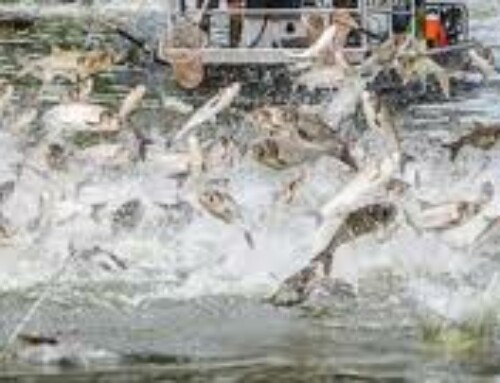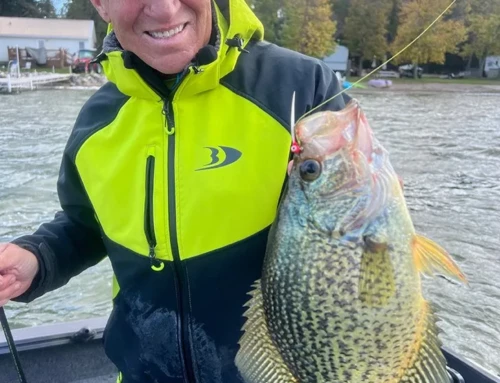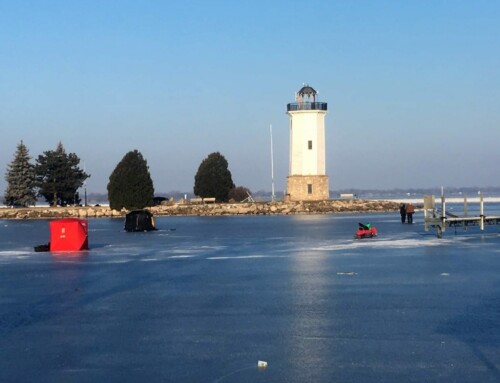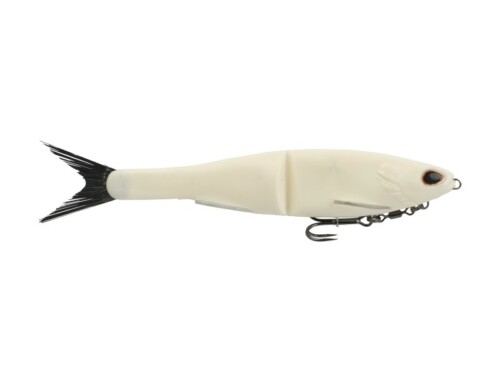Trolling boards (aka planer boards) are simple, powerful tools that let you spread lures away from the boat, cover more water, and present baits at angles and depths that attract more strikes. Off Shore Tackle boards are popular because they’re rugged, easy to rig, and give you precise control over where baits run.
What a trolling board does (quick)
A trolling board pulls a line out to the side and slightly away from the boat so your lure runs parallel to the boat instead of directly behind it. That increases spread, reduces line tangle, and can get baits away from the boat. Planer boards also act as visual strike indicators: when a fish hits, the board’s angle or the tattle tale flag drops.
Gear checklist
- Off Shore Tackle planer board(s) — choose left/right or in-line style depending on target and boat layout.
- Line: Many anglers prefer mono on board lines because of how it sits in the board release. Species targets can dictate line choice.
- Releases. I prefer the OR-18 quick release, especially in cold temperatures.
Step-by-step rigging (typical Off Shore side planer)
- Decide side & distance — plan which side(s) you’ll run boards on and roughly how far back from the transom you want them to be (commonly 20–80+ feet of line behind the board, depending on spread). Outside boards tend to be run shallower/closer to the surface; inside boards deeper.
- Attach line to board release — Leave a slight excess of line from the front clip to the rear clip, especially with a tattle tale flag, to allow the flag to drop.
- Clip to board and set flag/indicator — Use manufacturer instructions for left/right orientation so the board will correctly plane away from the boat. Off Shore also offers red and green flags to indicate port and starboard sides
- Deploy the board — with the engine at slightly above idle and an angler or helper at the rod, slowly feed out line, clip it into the board, then let the board pull out of the boat. Once it’s clearing the transom, increase speed to working trolling speed. If using multiple boards, stagger distances and depths.
How to read the boards (what a strike looks like)
- Board dips/sags/backwards: When a fish hits, the board often leans back, drops in the water, or swims erratically — that’s your visual strike.
- Flag drops: When using a tattle tale flags, the flag will drop when a fish is on the line. If weeds are dropping the flag, you can always increase or decrease the tension of the springs on the flag.
Where to learn more (good references)
- Off Shore product pages and quick-start tips for their OR-series boards.
- In-depth rigging articles and tutorials about in-line vs clip releases.
Have fun and experiment — the best board setups come from consistent testing in your local water and speeds.






